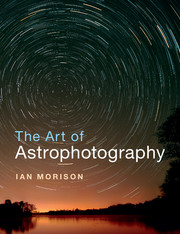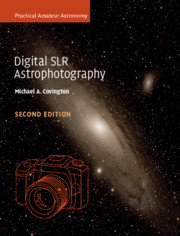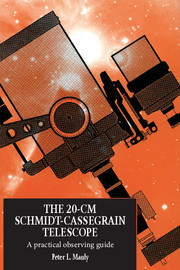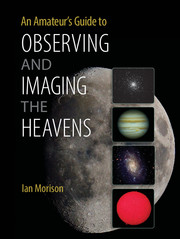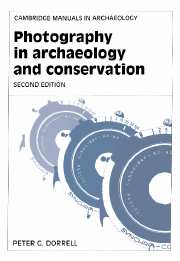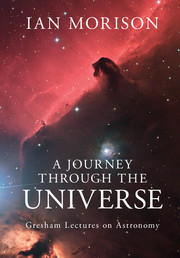The Art of Astrophotography
In The Art of Astrophotography, astronomer and Popular Astronomy columnist Ian Morison provides the essential foundations of how to produce beautiful astronomical images. Every type of astroimaging is covered, from images of the Moon and planets, to the constellations, star clusters and nebulae within our Milky Way Galaxy and the faint light of distant galaxies. He achieves this through a series of worked examples and short project walk-throughs, detailing the equipment needed – starting with just a DSLR (digital single lens reflex) camera and tripod, and increasing in complexity as the book progresses - followed by the way to best capture the images and then how, step by step, these may be processed and enhanced to provide results that can rival those seen in astronomical magazines and books. Whether you are just getting into astrophotography or are already deeply involved, Morison's advice will help you capture and create enticing astronomical images.
- Worked examples give the reader a comprehensive understanding of the ways that their captured images can be enhanced to bring out their beauty
- Covers every type of object, from images of the Moon, planets and comets, to capturing images of the constellations, star clusters and nebulae within the Milky Way and faint distant galaxies
- Ideal for use with a range of equipment, from smartphone cameras, through DSLR cameras to more specialised CCD and telescope set-ups
Reviews & endorsements
'The significant developments in the optics of both telescopes and cameras, coupled with powerful imaging programs now commercially available, mean that amateur astronomers can make remarkable images of astronomical objects … [The book] provides an excellent guide to the techniques involved. The emphasis in the text is on the various imaging processes one might use, but there are sufficient details about the instrumentation … a beginner will be comfortable in selecting a telescope, or a camera, to suit the goals. Instructions are given in detail, with procedures outlined in step-by-step explanations that even include specific mention of control buttons on a laptop screen. Typically, each chapter focuses on the photography of one type of object (e.g., the moon, nebulae in the Milky Way, or neighboring galaxies) because each object requires a slightly different technique. The illustrations are effectively coordinated with the text, and the final illustration in each chapter is usually extraordinary.' D. E. Hogg, CHOICE
Product details
January 2017Adobe eBook Reader
9781316984291
0 pages
0kg
198 colour illus. 2 tables
This ISBN is for an eBook version which is distributed on our behalf by a third party.
Table of Contents
- 1. Imaging star trails
- 2. Imaging a constellation with a DSLR and tripod
- 3. Imaging the Milky Way with a DSLR and tracking mount
- 4. Imaging the Moon with a compact camera or smartphone
- 5. Imaging the Moon with a DSLR
- 6. Imaging the Pleiades Cluster with a DSLR and small refractor
- 7. Imaging the Orion Nebula, M42, with a modified Canon DSLR
- 8. Telescopes and their accessories for use in astroimaging
- 9. Towards stellar excellence
- 10. Cooling a DSLR camera to reduce sensor noise
- 11. Imaging the North American and Pelican Nebulae
- 12. Combating light pollution - the bane of astrophotographers
- 13. Imaging planets with an astronomical video camera or Canon DSLR
- 14. Video imaging the Moon with a webcam or DSLR
- 15. Imaging the Sun in white light
- 16. Imaging the Sun in the light of its H-alpha emission
- 17. Imaging meteors
- 18. Imaging comets
- 19. Using a cooled 'one shot colour' camera
- 20. Using a cooled monochrome CCD camera
- 21. LRGB colour imaging
- 22. Narrow band colour imaging
- Appendix A. Telescopes for imaging
- Appendix B. Telescope mounts
- Appendix C. The effects of the atmosphere
- Appendix D. Auto guiding
- Appendix E. Image calibration
- Appendix F. Practical aspects of astroimaging.

